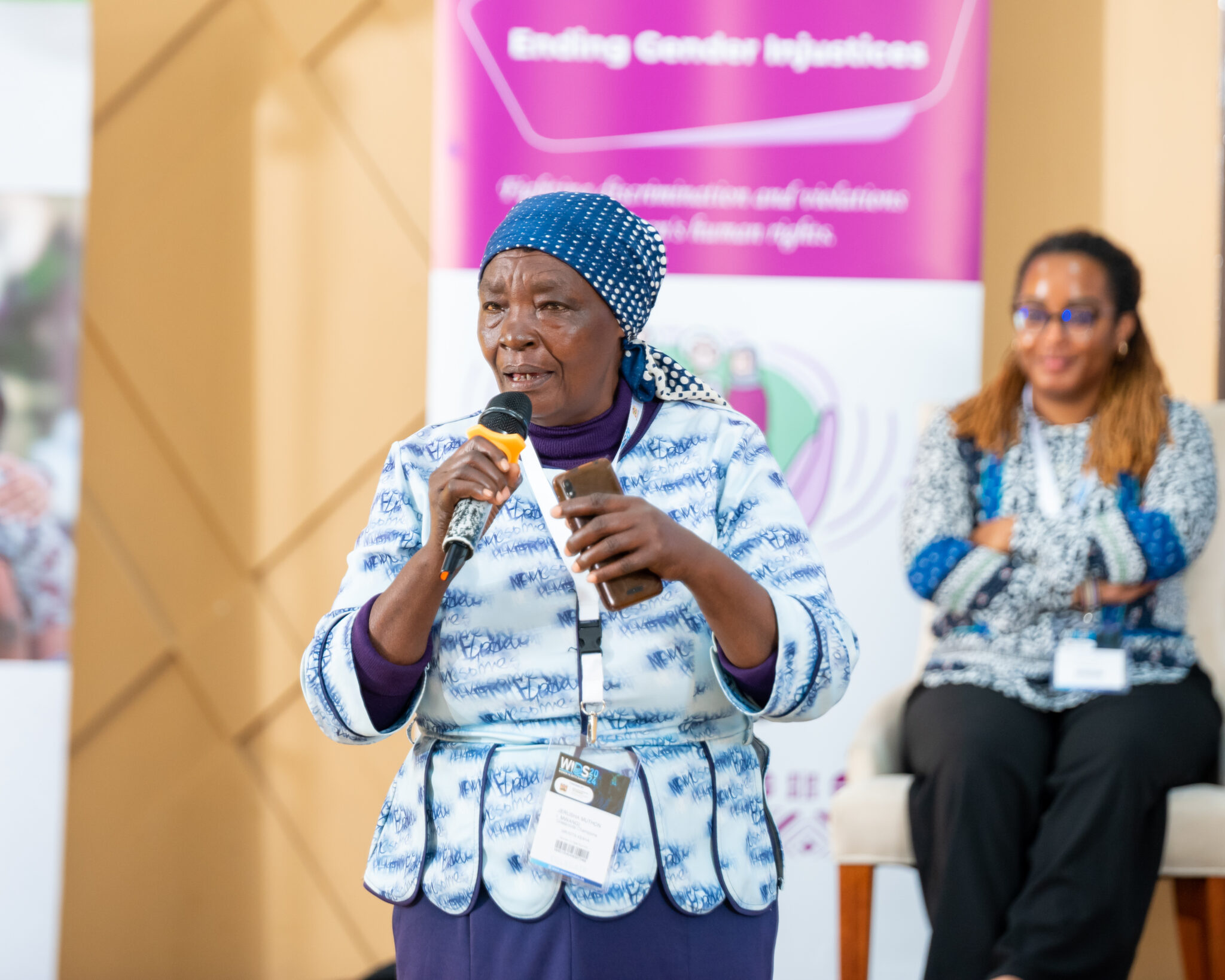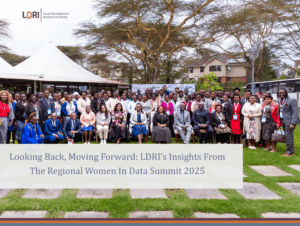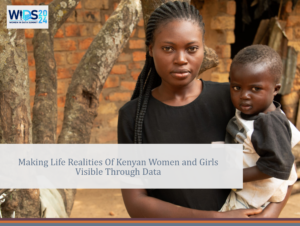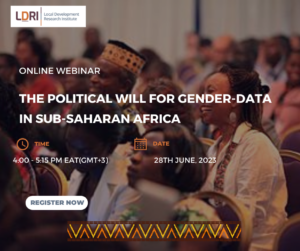![]()
Beyond Aggregates: Data That Serves The People

At the Local Development Research Institute (LDRI), our Executive Lead, Mr. Muchiri, often illustrates the interdependence of data systems through a relatable metaphor: a breakfast plate.
If we conceptualize the breakfast plate as a dataset, its journey before reaching the consumer traverses multiple sectors. Agriculture departments oversee production; health ministries assess nutritional value; infrastructure agencies enable transport; and finance and planning units influence market pricing and distribution. At each point, sectoral actors interact with disaggregated components of the whole, often through data that appears technical, isolated, and impersonal.
Yet at the end of that value chain is an individual—an end user whose access, affordability, and well-being are directly influenced by those fragmented data-informed decisions. What appears as a policy variable at one level becomes a lived reality at another. These concerns are further exacerbated when you consider women’s lived experiences and visibility within data.
This raises a critical question: What if we reversed the data value chain? What if we began not with production or systems, but with the consumer? By foregrounding the human experience—asking whether individuals can afford the meal, whether it meets their nutritional needs by age and sex, or whether it is physically accessible—we can begin to design data ecosystems that are more inclusive, responsive, and equitable.
The failure to center the human in data design and use has implications. Data that lacks context or fails to disaggregate by gender, geography, age, or disability can obscure inequality, reinforce structural biases, and exclude populations that are already marginalized—particularly women and girls.
These nuances will be central to the Women in Data Summit 2025, under the theme “Accelerating Resilience Through Data.” The summit will interrogate the extent to which existing data systems capture the realities of those furthest behind and whether they are designed to support equitable decision-making in policy and programming.
As practitioners, we often consider infrastructure investment, for example, as inherently beneficial. But inclusive design requires a shift: roads must also include safe pedestrian pathways, signage for children, and adequate lighting to ensure the security of all users. Likewise, data systems must move beyond technical completeness to social relevance.
Human-centered data requires intentionality. It demands not only that we collect the right indicators but that we interpret and apply them through a lens of equity, dignity, and inclusion.
As we prepare for the summit, we invite all actors in the data value chain from producers, users, and intermediaries, to ask: Who is represented in the data, and who is missing? What decisions are we enabling or constraining? And ultimately, who benefits?
Next time you engage with a dataset, consider its human implications. Better still, give it a name. Data that serves people must start—and end—with people.
This blog post was first published here




